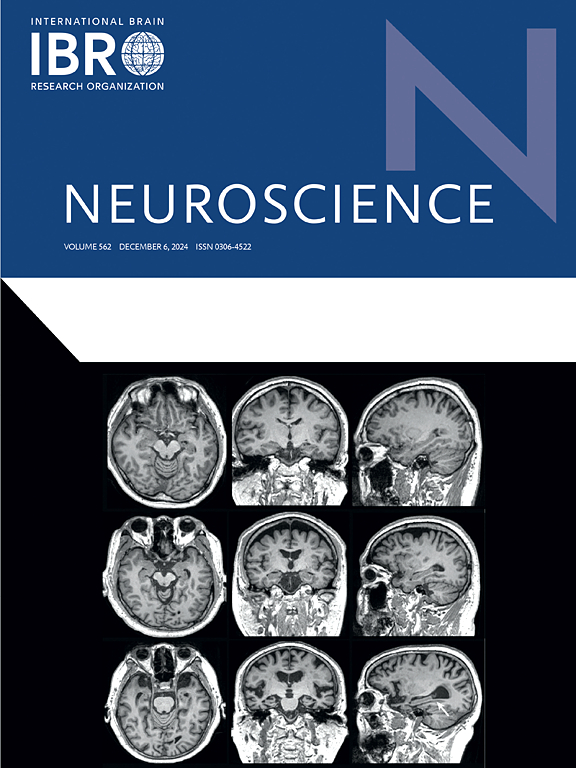精确手力产生的神经控制。
IF 2.8
3区 医学
Q2 NEUROSCIENCES
引用次数: 0
摘要
我们讨论了在多指任务中相互和共激活命令在力的神经控制中的相对作用的争议。具体来说,我们测试了一个假设,即作为协同激活命令的代理的机械变量将随着力的大小而缩放。我们还探讨了在手和单个手指的互惠和共激活命令水平以及手指协调水平上评估的力稳定协同效应指数。健康受试者进行了不同大小的倾斜和保持等距力产生。一个“逆钢琴”装置被用来估计稳态下互反和共激活命令的机械反射。采用非控制流形框架估计协同指标。两种命令的机械反射都与力的大小呈显著的线性关系,其中协同激活命令的机械反射更强。在多次重复中,这两个指令表现出强烈的双曲共变,整个手最强,小指最弱。有四指稳定力的协同作用。而四指协同效应和互激活协同效应两种类型的指标则无显著相关。我们将结果解释为指向脊椎上协同作用的两个来源,初步与皮层下回路和皮层机制相关。在自主运动中,交互命令具有优势,可能在层次上高于协同激活命令。在强制生产任务期间,将更一致地使用协同激活命令中的更改来适应任务。结果表明,运动产生和力产生任务可能涉及不同的控制策略。本文章由计算机程序翻译,如有差异,请以英文原文为准。
The neural control of accurate hand force production
We addressed the controversy on the relative role of the reciprocal and coactivation commands in the neural control of force in multi-finger tasks. Specifically, we tested the hypothesis that a mechanical variable serving as a proxy of the coactivation command will scale with force magnitude. We also explored indices of force-stabilizing synergies assessed at the level of the reciprocal and coactivation commands to the hand and to the individual fingers and at the level of finger coordination. Healthy subjects performed a ramp-and-hold isometric force production to various force magnitudes. An “inverse piano” device was used to estimate mechanical reflections of the reciprocal and coactivation commands at steady states. The uncontrolled manifold framework was used to estimate synergy indices. Mechanical reflections of both commands showed significant linear scaling with the force magnitude, stronger for the coactivation command. Over multiple repetitions, the two commands showed strong hyperbolic covariation, the strongest for the whole hand, and the weakest for the little finger. There were four-finger force-stabilizing synergies. However, the indices of two types of synergies, four-finger and reciprocal-coactivation ones, showed no significant correlation. We interpret the results as pointing at two sources of supraspinal synergies tentatively associated with subcortical circuitry and cortical mechanisms. During voluntary movements, the reciprocal command has an advantage and may be hierarchically higher than the coactivation command. During force-production tasks, changes in the coactivation command are used more consistently to fit the task. The results suggest that movement generation and force production tasks may involve qualitatively different control strategies.
求助全文
通过发布文献求助,成功后即可免费获取论文全文。
去求助
来源期刊

Neuroscience
医学-神经科学
CiteScore
6.20
自引率
0.00%
发文量
394
审稿时长
52 days
期刊介绍:
Neuroscience publishes papers describing the results of original research on any aspect of the scientific study of the nervous system. Any paper, however short, will be considered for publication provided that it reports significant, new and carefully confirmed findings with full experimental details.
 求助内容:
求助内容: 应助结果提醒方式:
应助结果提醒方式:


